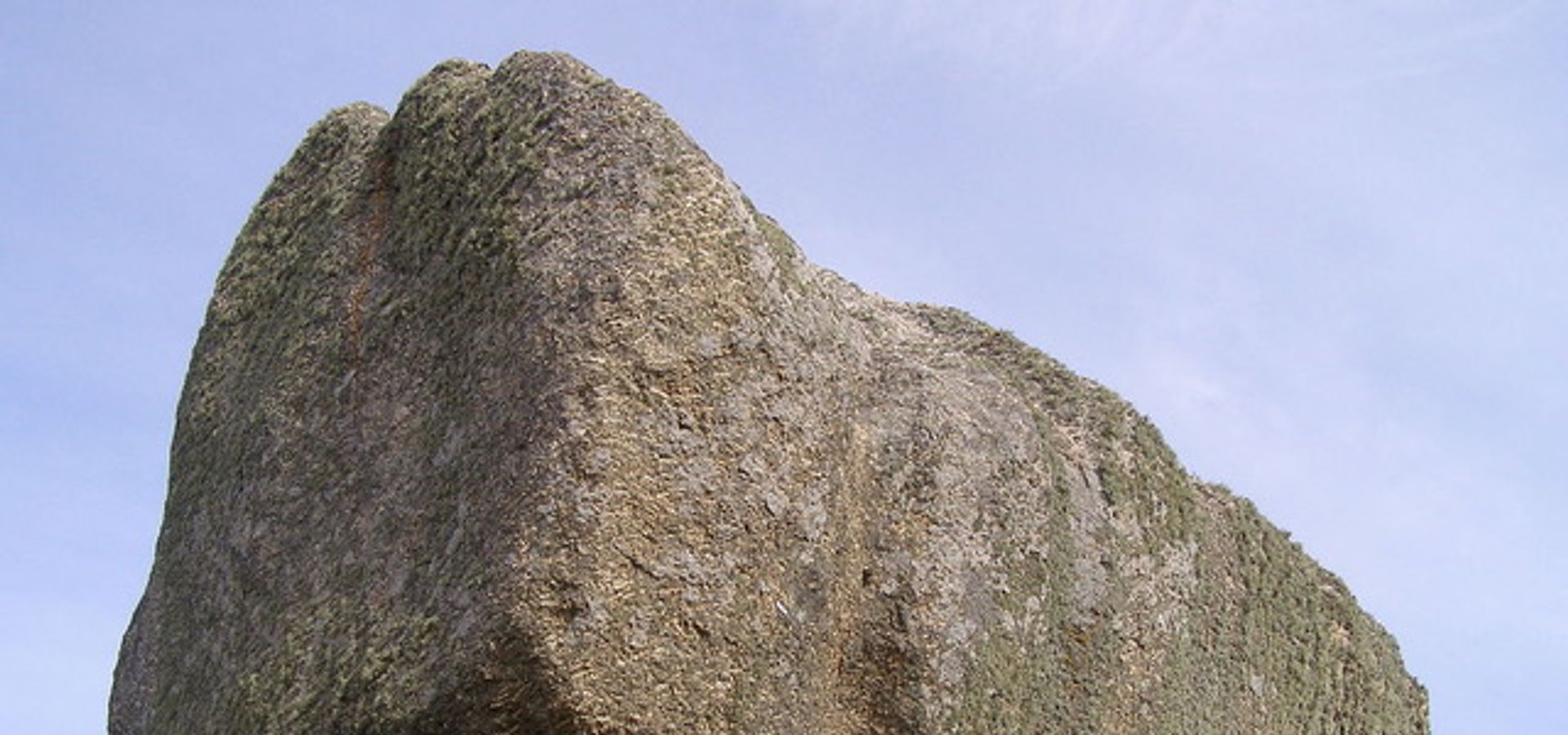Attachment, flatness and glory holes! Diary of a spectator (by Martín Zícari)
by Martín Zícari
Rodrigo Arena and the attachment to a struggle as a mode of being in the world.
“The Rodrigo Arena Case Against Contemporary Dance” explores the attachment to impossible fights in a scenic context, which appears to be oppressive and ridiculous. The court calls Arena in front of a jury of “professional artists” (industry people) to decide whether he should be found guilty for his hatred of contemporary dance. While every judge tries to convince him that the struggle is not worth it, Arena pushes forward with his claims. The core of the trial is constructed upon Arena’s taxonomic look into contemporary dance through an exhibit of its common tropes –“rhizomatic dance” and “conceptual choreographies” among many others – while one of the judges illustrates Arena’s taxonomy by performing iconic phrases from choreographers like Isadora Duncan and Anne Teresa de Keersmaeker. Nevertheless, I would argue that the most pressing subject in Arena’s performance is not the critique of contemporary dance but the issue of exclusion (or tokenistic inclusion) of trans people in the art world and civic life in general. The piece stages Arena, who self-identifies as a “trans person”, “fat”, and “ugly” in durational scenes of civil life: like attending court, dancing a full ballenato song, or patriotically singing the Argentinian national anthem. This hints at the possibility that contemporary dance and its dismantling is just an excuse for the character to be present with the public as witnesses, in those contexts that have previously been denied to him because of his gender identity. Contemporary dance is rendered as a concrete struggle amid the enormity of the gender struggle. While both struggles are impossible ones (the judges and jury are bigots), the sustaining presence of Arena and his apparent submission to the judicial process highlights his attachment to fighting (always so controversial) as a mode of being in the world that’s somehow emancipatory and celebratory, even if he has to be killed at the end.
Precarizada, or What is left when there’s nothing left?
Precarizada by Josefina Gorostiza, is a dance piece about what is left when there’s nothing left; when there’s no money to produce art or pay for rehearsals, when the pressure is so intense that the only place to think is the psychiatrist’s couch, when friendship replaces labor, when juggling gigs becomes the economy, when art becomes a hobby. What is left to dancers in this contemporary context? Just to be cool. And that is what you get in Precarizada: six cool friends behind their Macs, with cool clothing and cool bleached hair, hanging out together, seemingly doing nothing, taking selfies, playing music, streaming the same videos all over again. The aesthetic of flatness as way of adapting to precarity also permeates the only dancer on stage, who repeatedly and robotically dances the repertoire of her past jobs. But here, flatness is not something bad. Instead, it is offered as a means of escape. Kudos for them for articulating a way out of the crushing effect of our current economy, even if their take seems superficial. The result is a new morphology of subjectivity: more festive, better looking, and (possibly) deeper. When the show is over there’s no doubt in the room that we urgently need to find a place to party all night long.
Leave the rocks alone, focus on the holes instead.
In the after-talk to her piece, Amparo Gonzalez Sola told us how her mother’s feedback made an impact on how she understands her piece and I was hyper alert, because if her mother is right, “If Every Rock is a Hole” might have found a way out of the annoying obsession with rocks and the ontology of objects in contemporary art! I’m sure we’ve all recently encountered artists trying to explore the agency of objects and the materiality of nature, animals, rivers, and other post/pre/alter-human entities. In the context of the Anthropocene a fancy word for how humans are destroying the earth) object oriented ontologies are thriving as an aesthetic strategy to escape the guilt of being human. But at what cost? In Latin America, we can say that time and justice are being left behind. The focus on immanence (the internal soul/content/agency of an entity) and how can we learn from that presence (that rock, that lake) only reaffirms materiality as the site of the real. Materiality becomes the ground for certainty, the horizon of mutual understanding. It is no surprise that this doesn’t escape the logics of modernity and capitalism with its focus on presence, leaving us again with an anthropocentric theory disguised as a rock. But, as Gonzalez Sola puts it, if every rock is also a hole, the indeterminate space that surrounds presence should also be taken into consideration as part of the real. The piece moves along through chorographical traces that always appear as surprises, and as the traces accumulate, their potential is boosted by absence and time; the absence of the dancer, the absence of limits, the absence of certainty. So when Gonzalez Sola’s mother said that the piece talks about time, she was right. It is “time” the concept required to think about responsibility and justice in the age of chaos. Time accumulates absences around materiality and allows us to incorporate them into our thinking. If we face historical silencing and disappearance, if we cannot speak the languages or legally inhabit the land, if there’s nothing present to carry our agencies in the world, how are we going to get justice? Rocks could be a tempting and seductive aesthetic, but holes are what should guide our fight.





